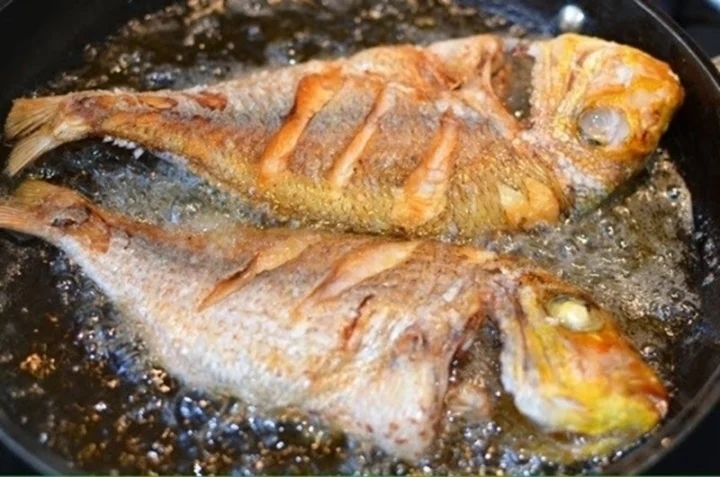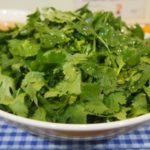To make crispy fried fish without being greasy, you need to remember the following tips.
Blanch before frying
The simplest way to reduce oil absorption in fried food is to blanch it before frying. This not only saves time but also reduces oil absorption. Just blanch the fish briefly and fry it in hot oil, which helps reduce the amount of oil in the dish.
Drain the ingredients
For freshly washed or thawed fish, you need to be patient and wait for the fish to drain before frying. The large amount of water in the fish not only causes the oil to splatter and spill out but also allows the water to dissolve into the oil, resulting in more oil absorption by the fish.

Check the oil temperature
Frying at a high temperature helps reduce oil absorption, and the best way to do this is to prepare a kitchen thermometer before frying. This not only ensures that the fish is perfectly cooked from the inside out but also makes the fish crispy and not greasy.
Only add the fish when the oil is boiling
If you add the fish when the oil is not yet boiling, it will absorb a significant amount of cooking oil because the oil starts boiling a few minutes later. Test by dipping a chopstick into the oil, if you see small bubbles forming around it, the oil is boiling.
Flip the fish regularly while frying
When you see the fish turning slightly golden, flip it to the other side. This prevents the fish from being burnt and allows the oil to be absorbed just right. When you no longer see many bubbles around the fish, you can take it out of the pan.
Divide the fish into smaller portions
For larger fish, it’s best to cut them into pieces or fillets before frying. This allows them to cook faster and prevents them from burning on the outside.
Remove the fish from the oil immediately after frying
It is recommended to remove the fish from the oil immediately and place it on absorbent paper or a strainer. Before frying, sprinkle a little salt into the hot oil to prevent it from splattering when you add the fish.

Use specialized oil-absorbing paper
Many people enjoy eating hot fried fish, so they often eat it as soon as it is cooked. At this time, a lot of oil accumulates, which unintentionally provides your body with a large amount of calories and fat. Therefore, it is necessary to use oil-absorbing paper to remove excess oil on the fish.
For deep-fried dishes, it is recommended to change the paper frequently until the last piece of paper is no longer wet. Allow the dish to rest for at least 15 minutes before serving.
These are some tips to make delicious and crispy fried fish without being greasy. Good luck!
Source: VTC.vn





































